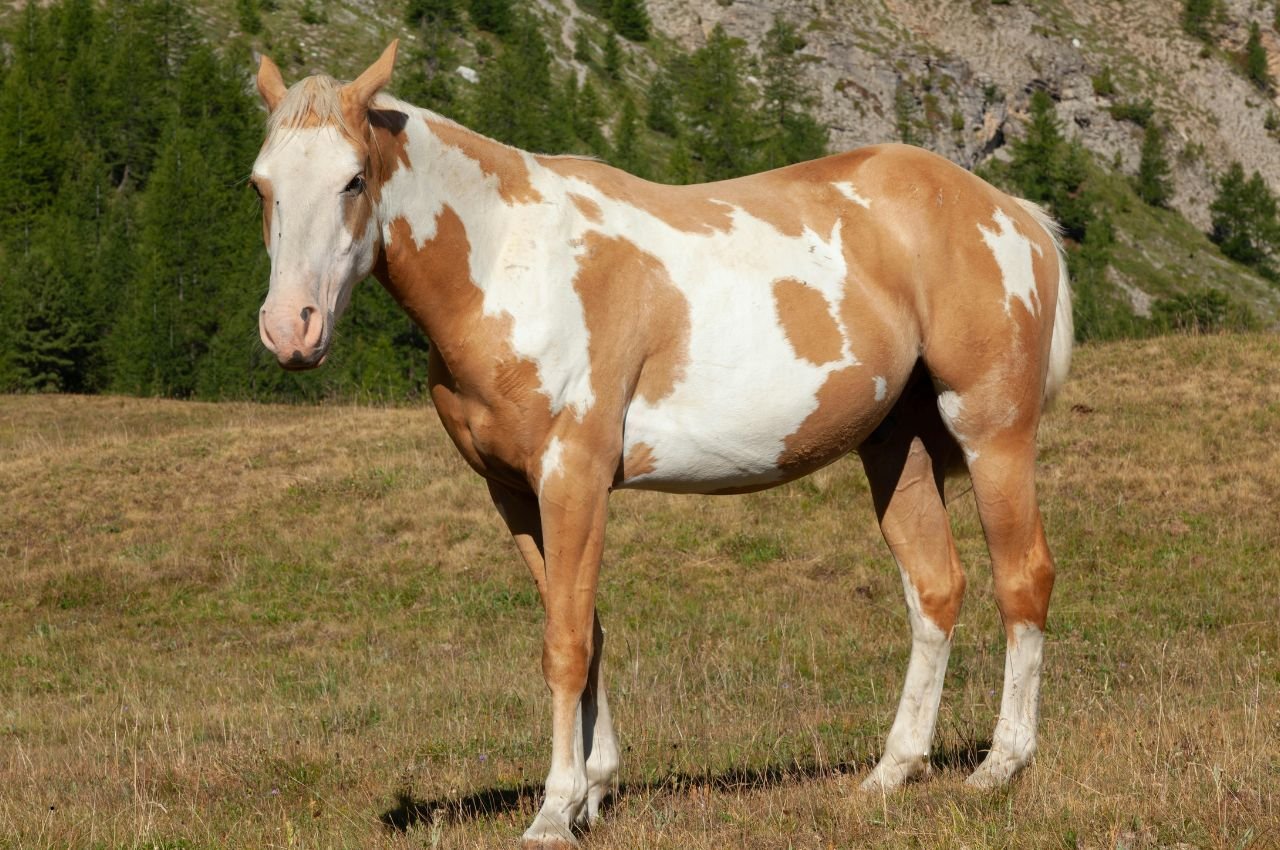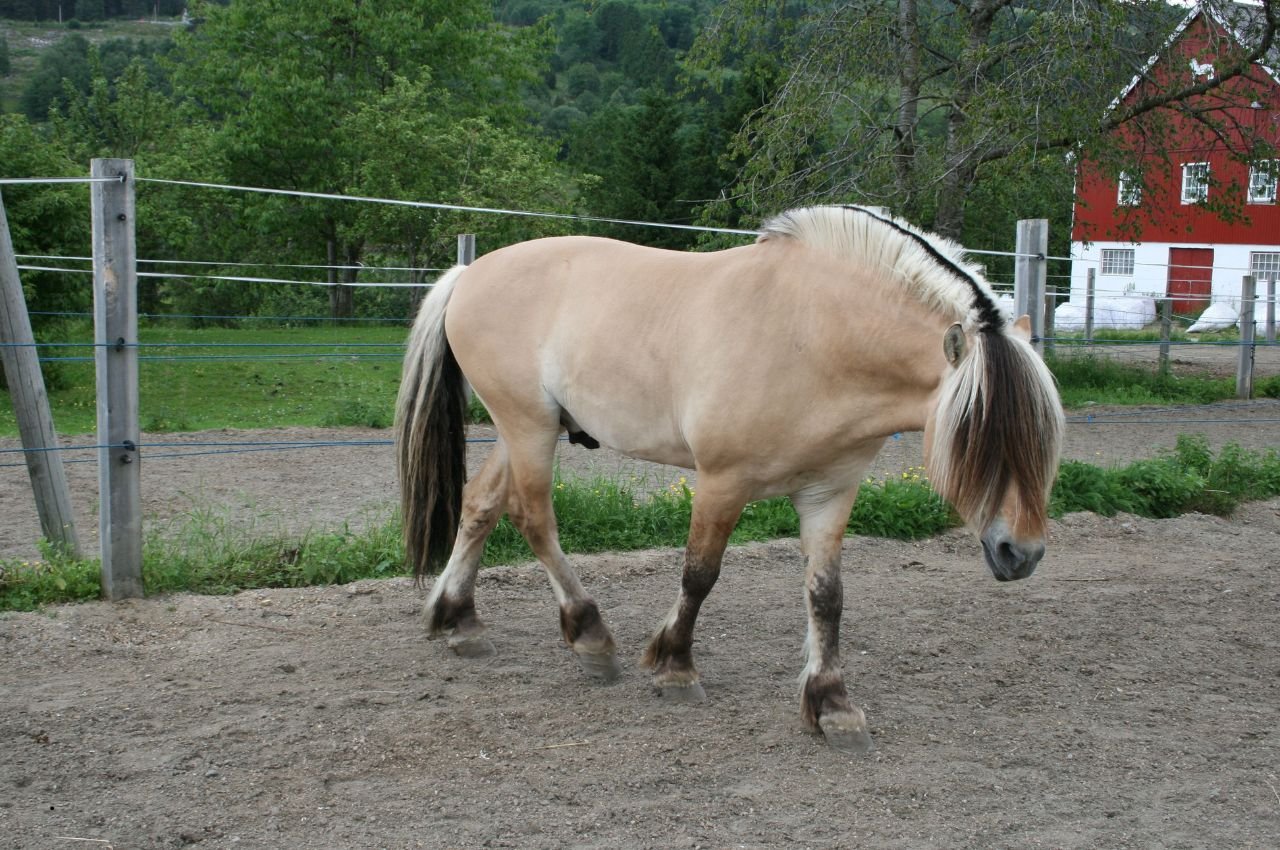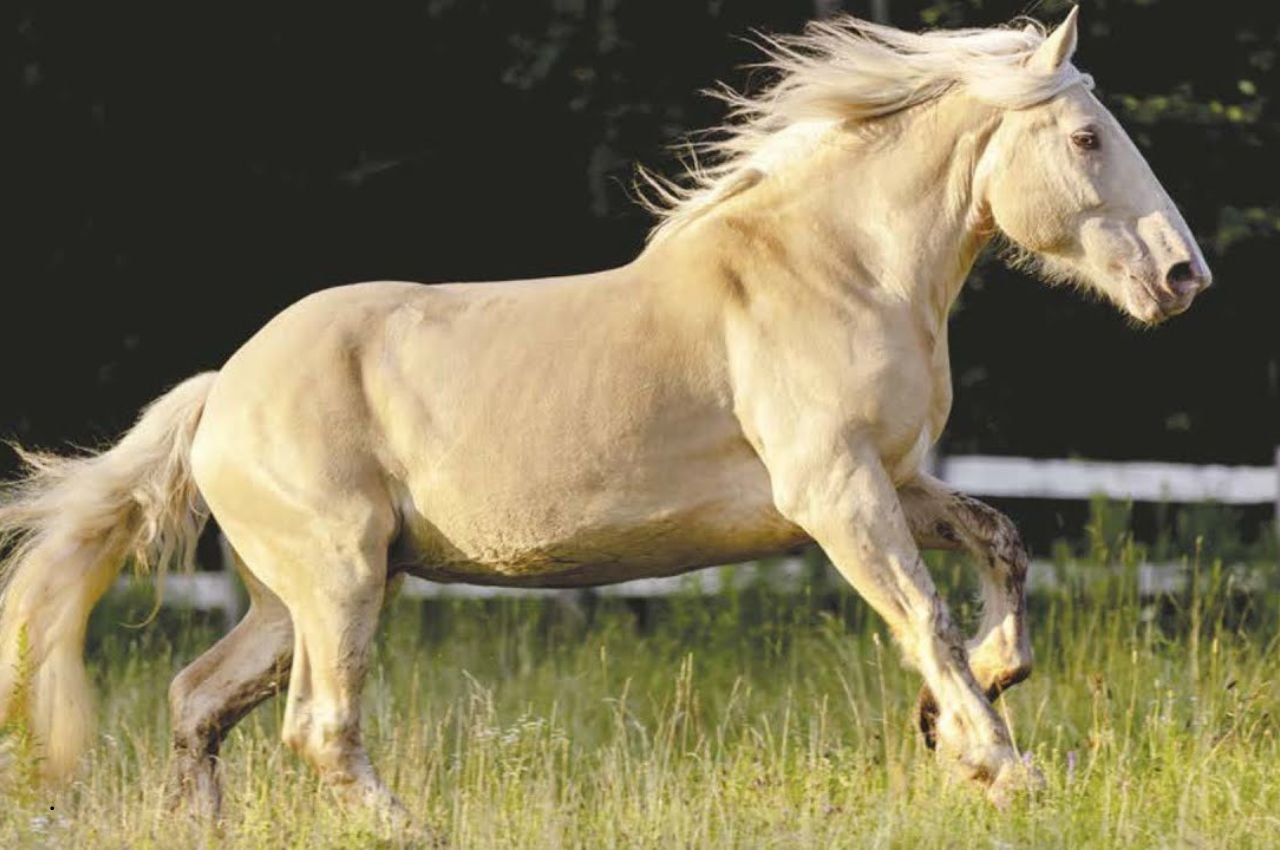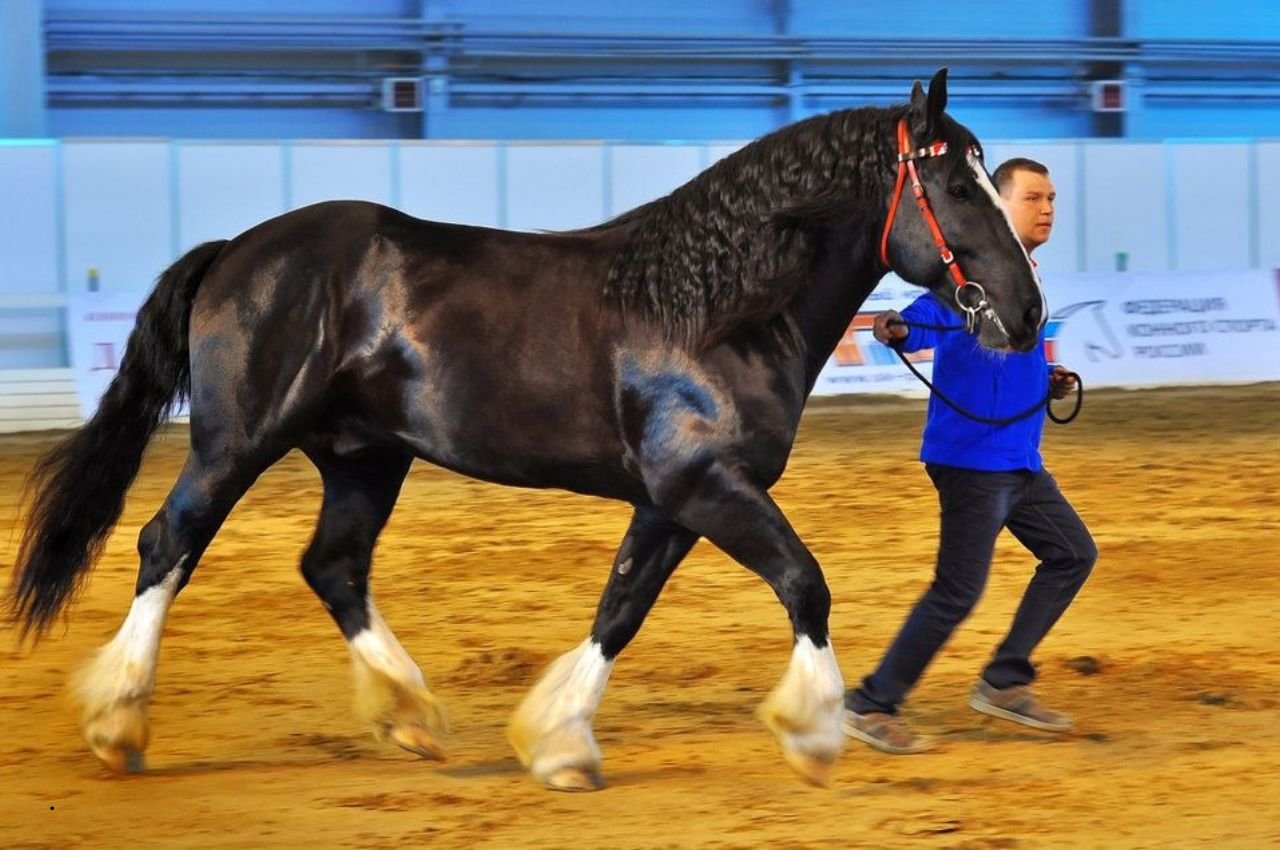Hay is a staple in the diet of many herbivores, particularly horses, rabbits, guinea pigs, and other farm or domestic animals. However, what many people may not realize is that dry hay can contain dust, mold spores, and excess sugars that can lead to respiratory issues and digestive problems in animals. Soaking hay is a simple, yet powerful solution to enhance the quality and safety of the forage.
In this blog post, we’ll break down how to soak hay properly, the seven vital health benefits it offers, and address some common questions about the process.
Table of Contents
How to Soak Hay Properly
Soaking hay isn’t difficult, but doing it correctly is key to ensuring maximum benefits. Here’s a step-by-step guide:
1. Choose the Right Container
Use a large, clean tub, bucket, or hay net. Make sure it’s big enough to submerge the hay fully.
2. Use Clean, Cold or Warm Water
Cold water is generally fine, though warm water can help reduce sugar content faster. Avoid hot water as it may damage the hay.
3. Submerge the Hay
Place the hay in the container or a hay net, and ensure it’s fully submerged. Weigh it down if necessary.
4. Soaking Time
- For dust reduction: 10–30 minutes
- For sugar reduction: 30 minutes to 1 hour (up to 2 hours max)
Avoid soaking for more than 2 hours to prevent leaching of important nutrients and the risk of fermentation or mold growth.
5. Drain Properly
Drain the soaked hay thoroughly using a colander, hay net, or slotted bucket. Let it sit for 10–20 minutes to remove excess water before feeding.
6. Feed Immediately
Soaked hay should be fed soon after draining. Discard any uneaten soaked hay after 12–24 hours, especially in warm weather, to prevent spoilage.
7 Vital Health Benefits of Soaking Hay
1. Reduces Dust and Mold
Soaking hay significantly lowers dust and mold spore levels, which is especially important for horses with heaves (RAO) or other respiratory issues.
2. Lowers Water-Soluble Carbohydrates (WSC)
Soaking removes excess sugars that can trigger laminitis or insulin resistance, especially in metabolically sensitive horses and ponies.
3. Improves Hydration
Soaked hay increases water intake passively, helping to prevent colic or dehydration, particularly in hot weather or with picky drinkers.
4. Aids in Weight Management
By removing sugars and reducing calorie intake, soaked hay is ideal for obese animals or those on restricted diets.
5. Improves Digestive Health
Less sugar and more moisture help maintain a healthier gut microbiome and reduce the risk of gastric ulcers or colic.
6. Softens Texture
Soaked hay is softer, which can benefit older animals or those with dental problems, making it easier to chew and digest.
7. Reduces Allergic Reactions
Animals prone to allergies or with sensitive respiratory systems benefit from reduced exposure to aeroallergens in dry hay.
FAQs About Soaking Hay
How long should I soak hay to reduce sugar?
For reducing sugar content (especially water-soluble carbohydrates), soak hay for 30 to 60 minutes, and drain thoroughly before feeding.
Can I soak hay overnight?
No, soaking hay for more than 2 hours can lead to nutrient loss and bacterial growth. Always discard hay that’s been soaked too long.
Should I soak hay in hot or cold water?
Cold or lukewarm water is ideal. Avoid hot water, as it may cause nutrient degradation and promote faster fermentation.
Is soaking hay necessary for all animals?
Not always. Soaking is most important for animals with respiratory conditions, metabolic disorders, or sugar sensitivities. For healthy animals, it can still be a beneficial occasional practice.
Can soaked hay cause colic?
No, soaked hay actually helps prevent colic by increasing moisture intake. However, always drain it well and avoid feeding if it smells sour or looks slimy.
Conclusion
Soaking hay is an easy, cost-effective way to dramatically improve the quality of your animal’s diet. From reducing respiratory issues to managing weight and preventing colic, it’s a simple practice with significant health payoffs. Just follow the correct process and timing, and you’ll be giving your animals a cleaner, healthier feeding option.







